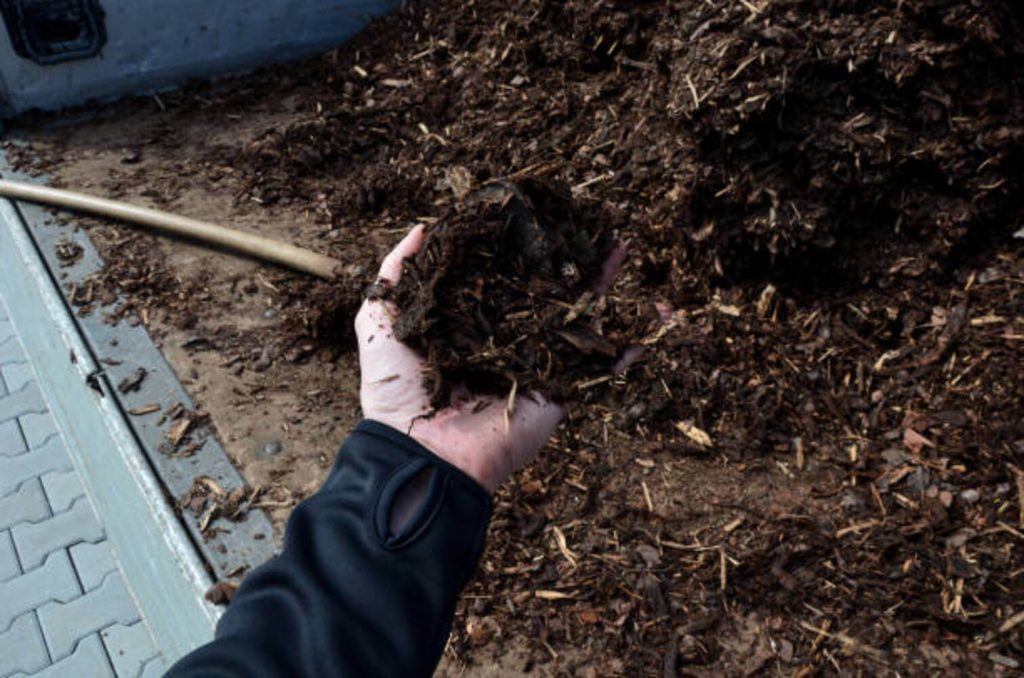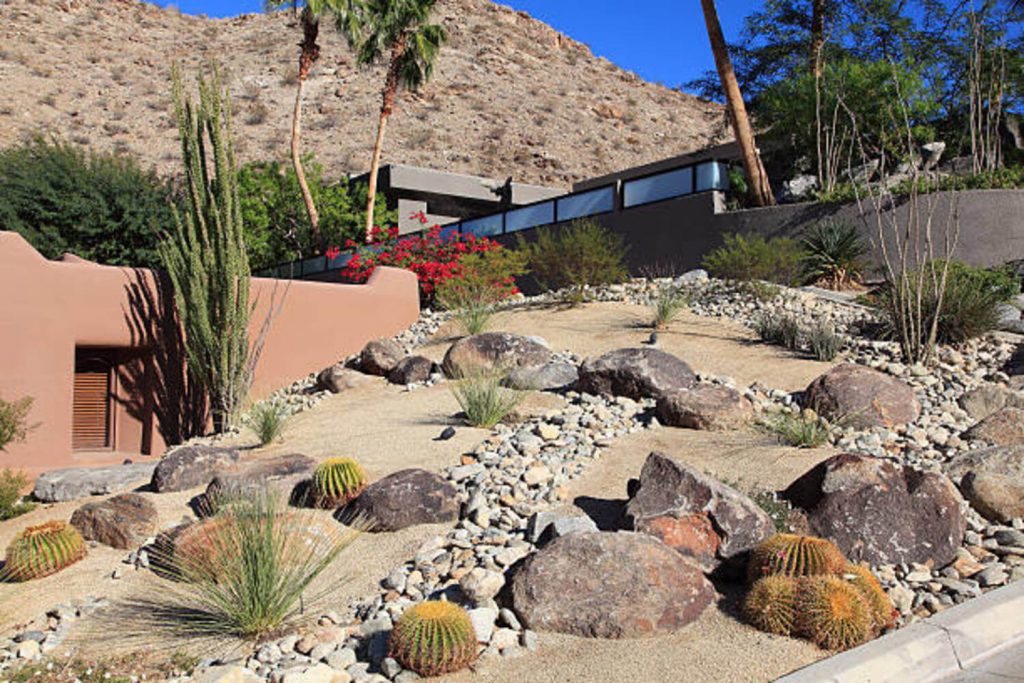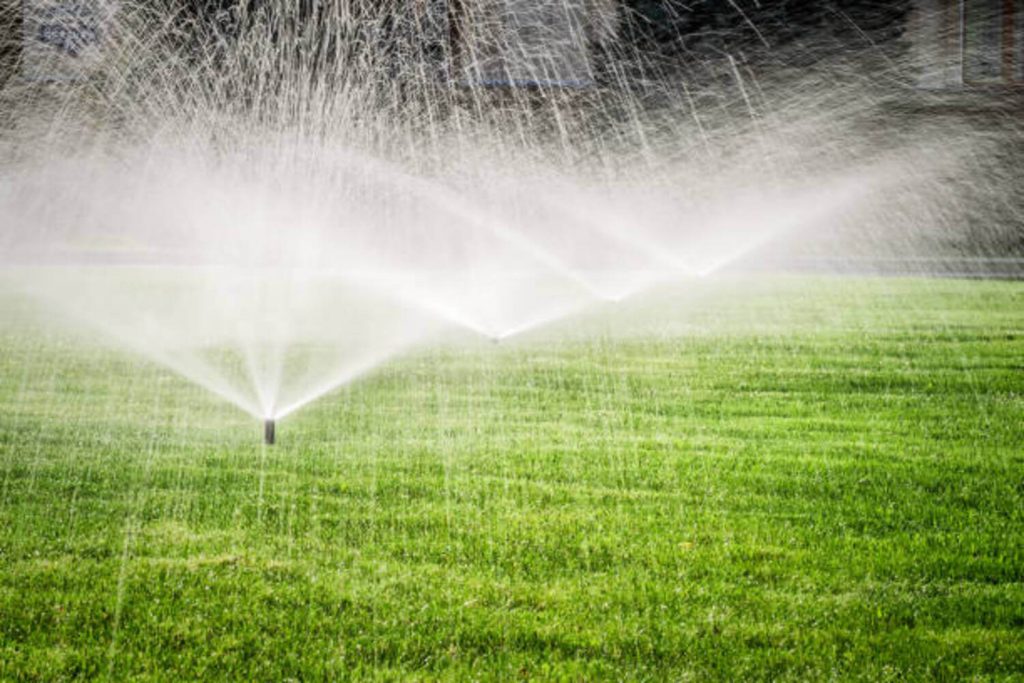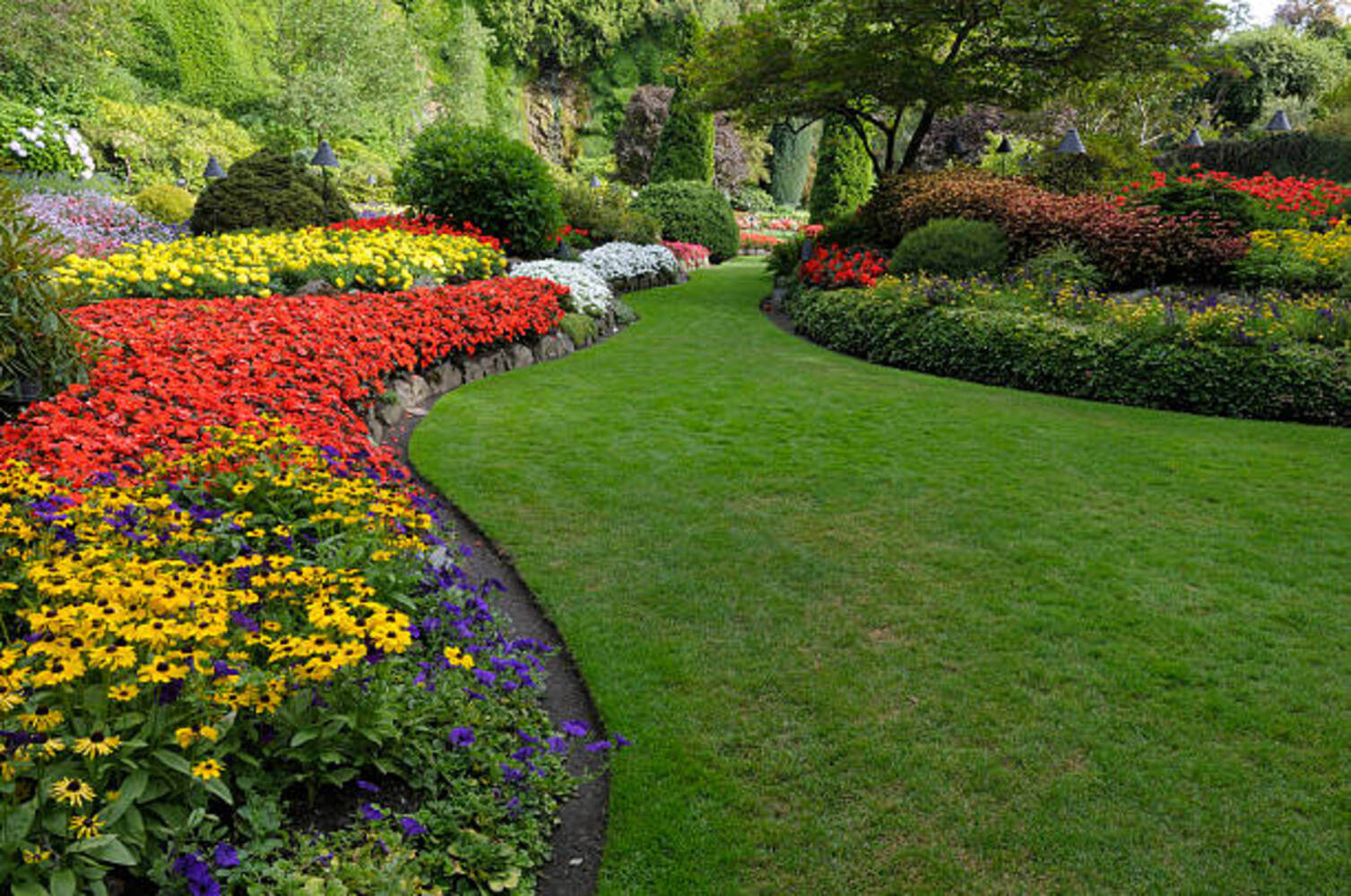Landscaping Tips for Homes in Hot Climates
With the summer heat rapidly approaching, it’s important to take steps now to prepare your home for the scorching temperatures. But it’s not just your interior you should worry about. Your yard deserves some love too. A barren, dry lawn will suck the life out of the overall appeal of your property. That said, landscaping can be challenging in hot areas. Plants need sunlight, but not all of them can survive the intense summer heat. As the gardener, it’s also not fun getting all soaked up with sweat. So if you live someplace bright and humid, here’s the guide on how to beautify your lawn and increase its value.
Mulch the Soil
Mulching is a gardener’s secret to success. Basically, mulch is material like woodchips, sugarcane bagasse, coconut husks, or other ground-up plant matter spread over the top of the soil to suppress weeds, prevent water evaporation, and improve overall soil quality. Mulching is beneficial in hot climates with abundant sunlight and high temperatures because it helps the soil retain moisture.
Here’s how to mulch:
- Clean the ground bed first.
- Remove all weeds by hand or low-toxicity herbicide.
- Cover the bed with about 2 to 3 inches of mulch.
- This is optional, but water the bed thoroughly after applying the mulch since you live in a dry place.
Keep in mind that the most common mistake people make when using mulch for the first time is applying too much. Don’t get carried away!

Utilize Xeriscaping
Xeriscaping works great for homeowners in hot climates. How does it work? Generally, it consists of landscaping using drought-resistant plants that require minimal water. Furthermore, you can reduce the need for extensive irrigation by grouping plants with similar water needs.
Not only is xeriscaping great for homes scorched under the sun, but it’s also good for the environment. Through this technique, you’re helping conserve water. On top of that, it also saves on maintenance costs since the minimal allocation of water limits the growth of weeds.
Best examples of xeriscaping plants include:
- Very short: Dwarf Lilyturf, Pork & Beans, Lace Aloe, Santa Barbara Daisy
- Moderate: Pink Muhlygrass, Lind Heimer’s Beeblossom, Rattlesnake Master
- Tall: Tickseed, Virgin’s Palm, Spanish Dagger, Beaked Yucca, California Tree Poppy

Put Up Some Shade Cloth
Your plants will need protection from the hot sun’s rays during the summer. Installing shade cloth or manually planting in shady areas will also be necessary to protect growing seedlings and heat-sensitive sections of your yard.
Plant More Trees to Provide Shade
If shade clothes are not enough, trees are another effective way to keep your yard cool. They also protect the smaller plants beneath them from the sun. To add, trees won’t require as much water when they’re fully grown too. However, bear in mind that this does take effort and patience since trees don’t grow overnight. It’s better to plant trees with naturally wide branches to provide more shade, such as oak or maple. Fruit trees are also an excellent choice.
Be Consistent In Watering Your Plants
Yeah, yeah. Watering is such a chore. But with the extreme heat, your plants need you more than ever! For them to survive, they require lots of water regularly. Since the dirt gets really hot from the blazing sun, water evaporates much faster from it, leaving your plant thirsty and wilted.
If you fail to do this one step, your garden will seem dull and dry. Plants need consistent moisture in order to produce beautiful flowers or green leaves. Don’t worry about evaporation. The mulch will do its part. All you need is to be consistent.
But Don’t Water Plants During Noon!
Do you know what’s worse than not watering your plants? Watering them during noon! It’s like you’re not doing anything at all since the water will just quickly evaporate. The best time to do so is early morning or late afternoon, so the plants get a healthy drink of water without wasting any drop to sun exposure.
Collect Rainwater
In places where drizzles are rare, downpours are a blessing. So take out your buckets and make good use of them when it pours! Collecting rainwater for use in the garden provides a sustainable, low-cost solution to water shortage. If you think buckets are not enough, you can get rain barrels instead.
Don’t Underestimate Natives
Native plants that grow well around your area are always an excellent choice for spicing up your yard, especially when you consider how difficult it can be to keep plants alive in high temperatures. Relevant to xeriscaping, these plants are often drought-resistant and won’t need watering as often as other plantings. They also serve multiple purposes, such as providing food and housing for birds and insects, prospering the ecosystem.
Install Sprinklers
Sprinklers might seem expensive, but they effectively keep your lawn lush and beautiful, especially when you don’t have the time to water every day. The best type of irrigation system for a hot climate is an underground sprinkler system powered by electricity. This allows for evenly distributing watering sessions. Just make sure that the timers on each spray head are set correctly to enable uniform coverage of all parts of your garden at regular intervals.

To Sum Things Up
Both heat and cold have detrimental effects on plants. In places with almost 300 days of sunshine, it’s better to grow plants that don’t need much water. However, you can still opt for wet-loving plants as long as you create the right conditions for them to thrive. Good luck!


